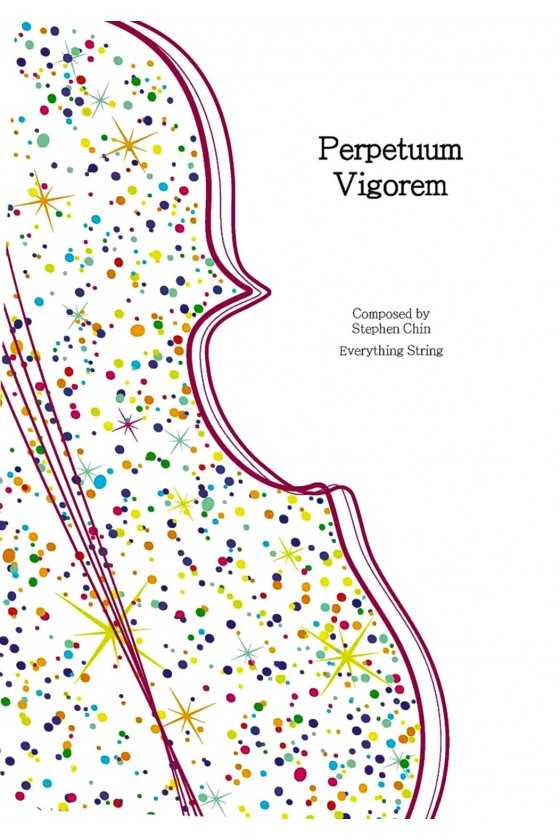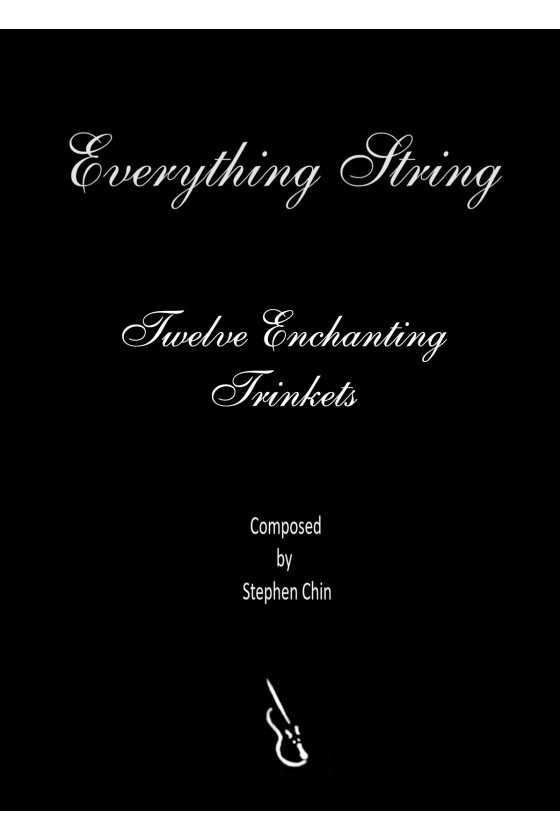
Crystal Forest By Stephen Chin
This enchanting tone poem creates a peaceful atmosphere with its soft melodies and forest whispers. The sweeping beauty of the noble theme leads to a faster section with contrasting themes and variations. The string section uses various techniques to create a dynamic sound, featuring a brief solo quartet. The piece ends with a reference to the opening melody and the sound of a waterfall. Musicians will enjoy using their imagination to bring this musical landscape to life.
For String Orchestra Grade 3.5











